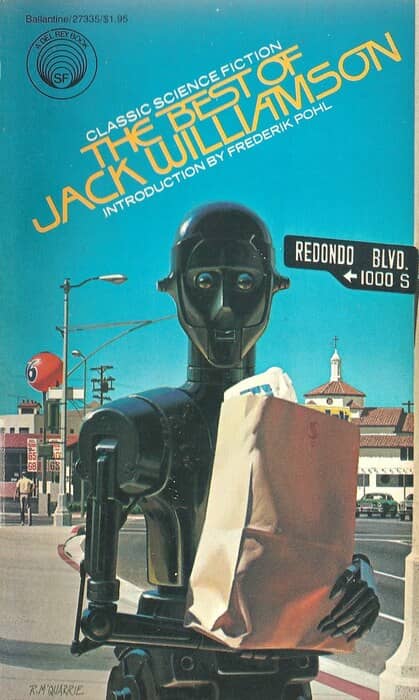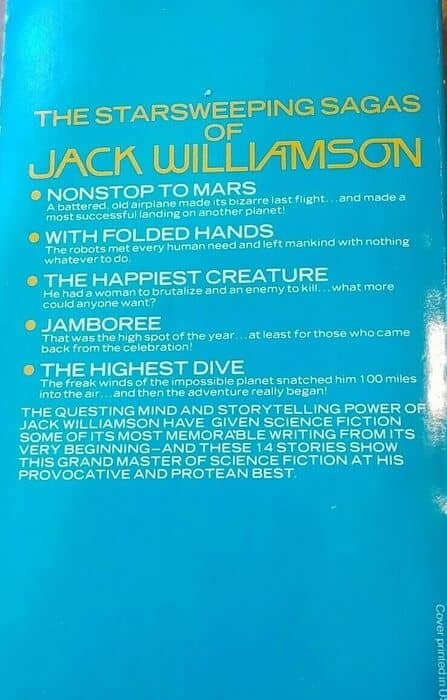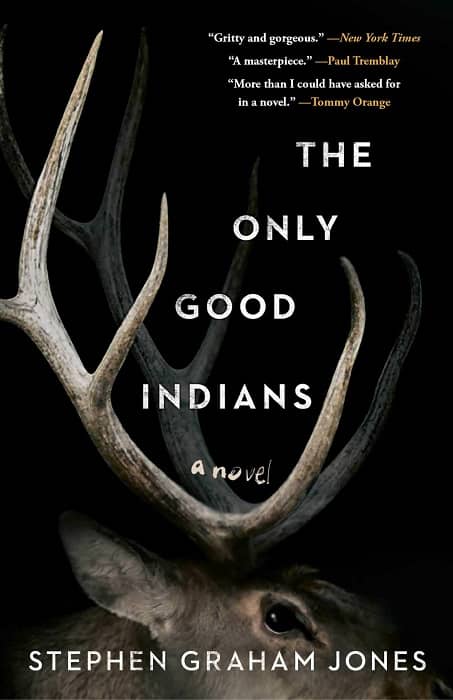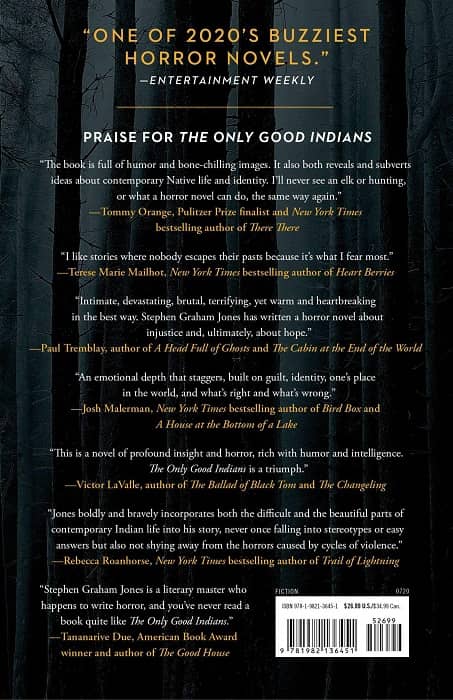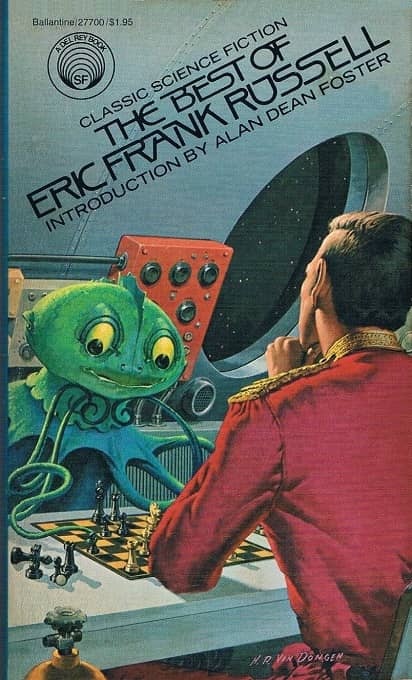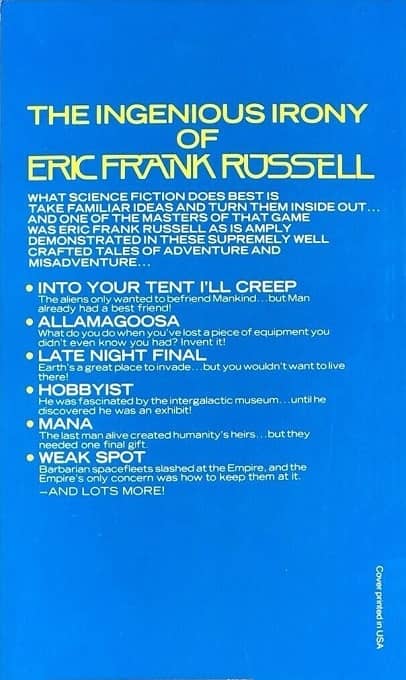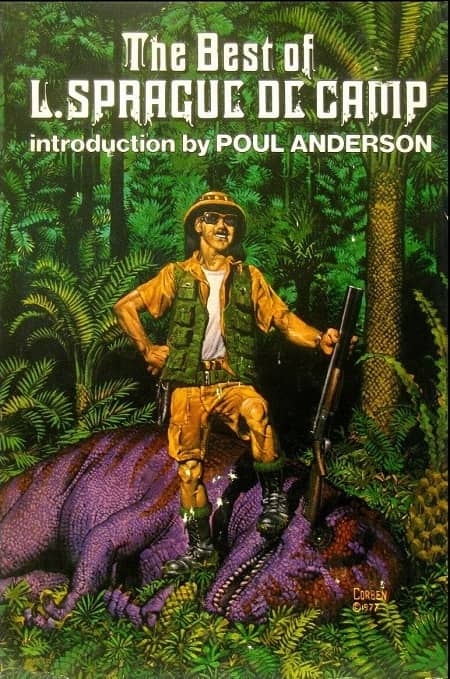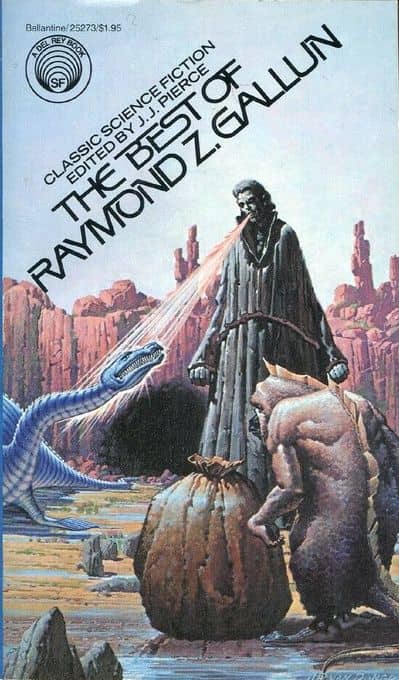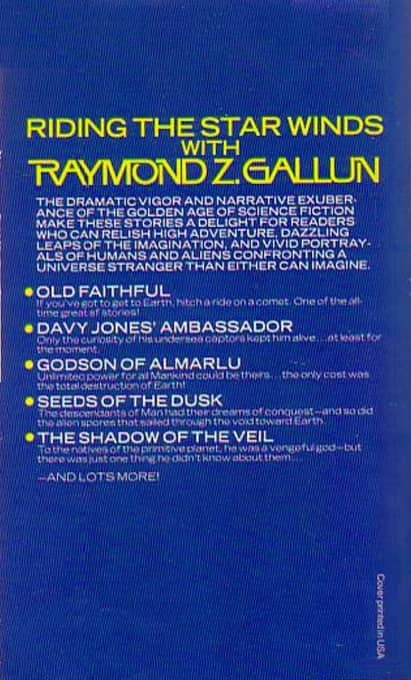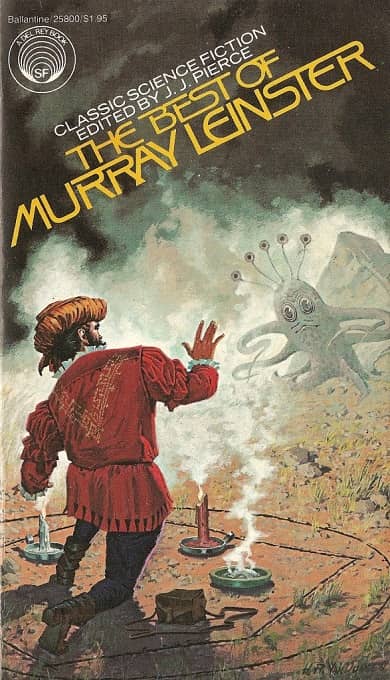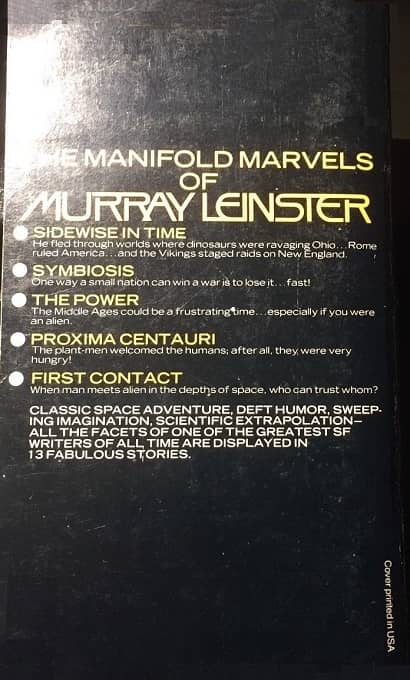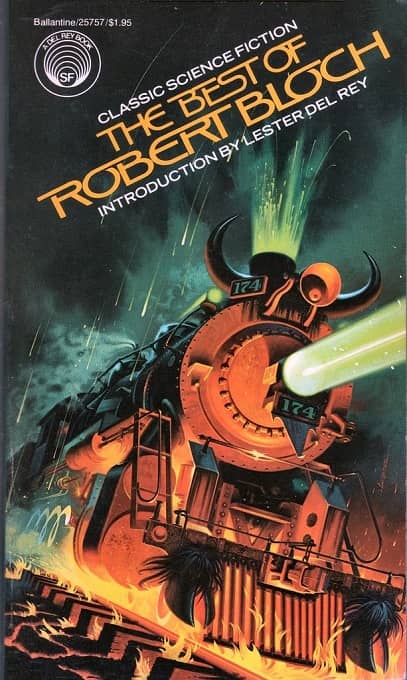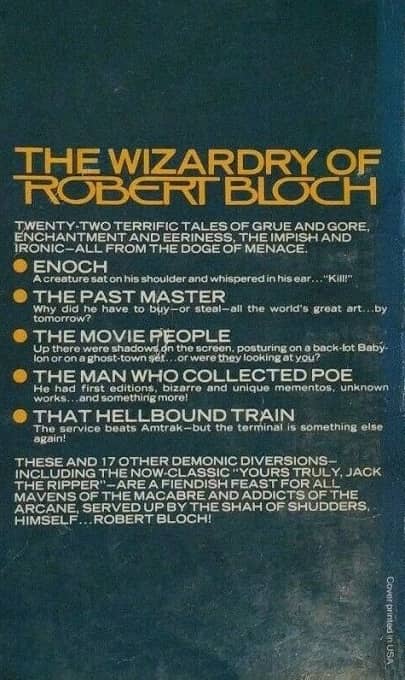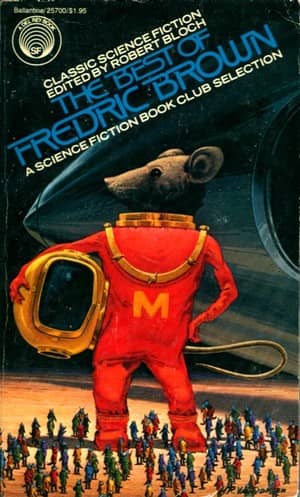Alien Languages and Scientific Mysteries: The Best of Hal Clement
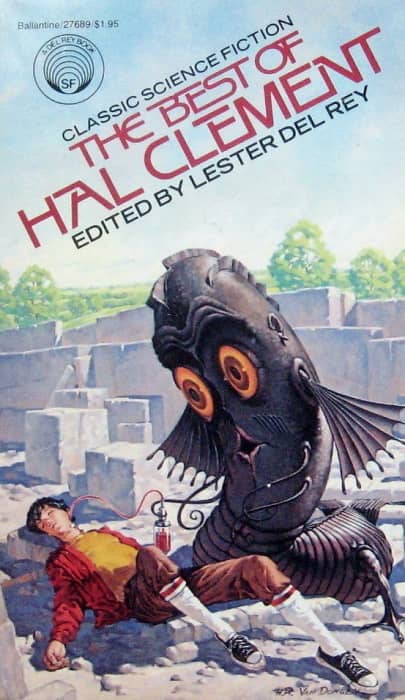 |
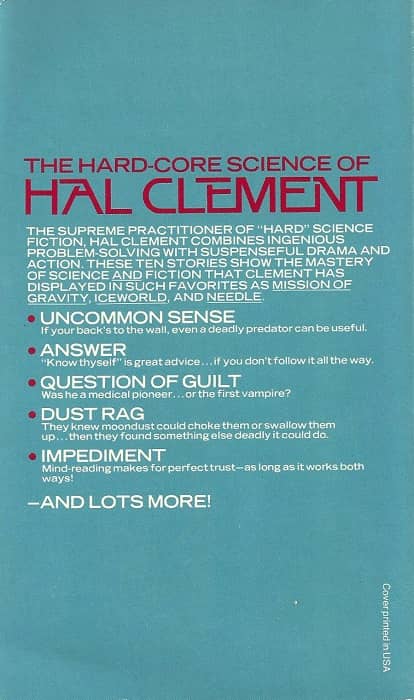 |
The Best of Hal Clement (Del Rey, 1979). Cover by H. R. Van Dongen
The Best of Hal Clement (1979) was, according to my research, the nineteenth installment in Lester Del Rey’s Classic Science Fiction Series. (Only two more to go!) Lester Del Rey (1915–1993) provided the introduction (his fifth and final in the series). Hal Clement, whose real name was Henry Clement Stubbs (1922–2003), was still living at the time and thus available to do the Afterward. Sci-fi artist H. R. Van Dongen (1920–2010) provides his eighth cover in the series. His work graced more volumes than any other artist in the series.
The first time I heard of Hal Clement was in a Black Gate post by John O’Neill back in 2013 about this very book. As usual, John gave a fine review. But I commented back then (you can still see my response in the original post):
This review in no way enticed me to seek out or try reading any Hal Clement. I don’t think it was a bad review, Clement just doesn’t sound very compelling to me.
Why this reaction? In that post John O’Neill accurately summed up Clement’s writing:
Clement wrote in a category that is nearly extinct today: true hard science fiction, in which The Problem — the scientific mystery or engineering puzzle at the heart of the tale — is the central character, and the flesh-and-blood characters that inhabit the story are there chiefly to solve The Problem. When Clement talked about writing, he mostly talked about the requirement to keep his stories as scientifically accurate as possible; he described the essential role of science fiction readers as “finding as many as possible of the author’s statements or implications which conflict with the facts as science currently understands them.”
John further commented, “Okay, that ain’t how I view my role as a reader — and I read a fair amount of hard SF. But your mileage may vary.”
So, to say the least, I was not looking forward to reviewing The Best of Hal Clement. “Hard” science fiction does not sound like my cup of tea. Nevertheless, to my surprise, I really enjoyed this book.
